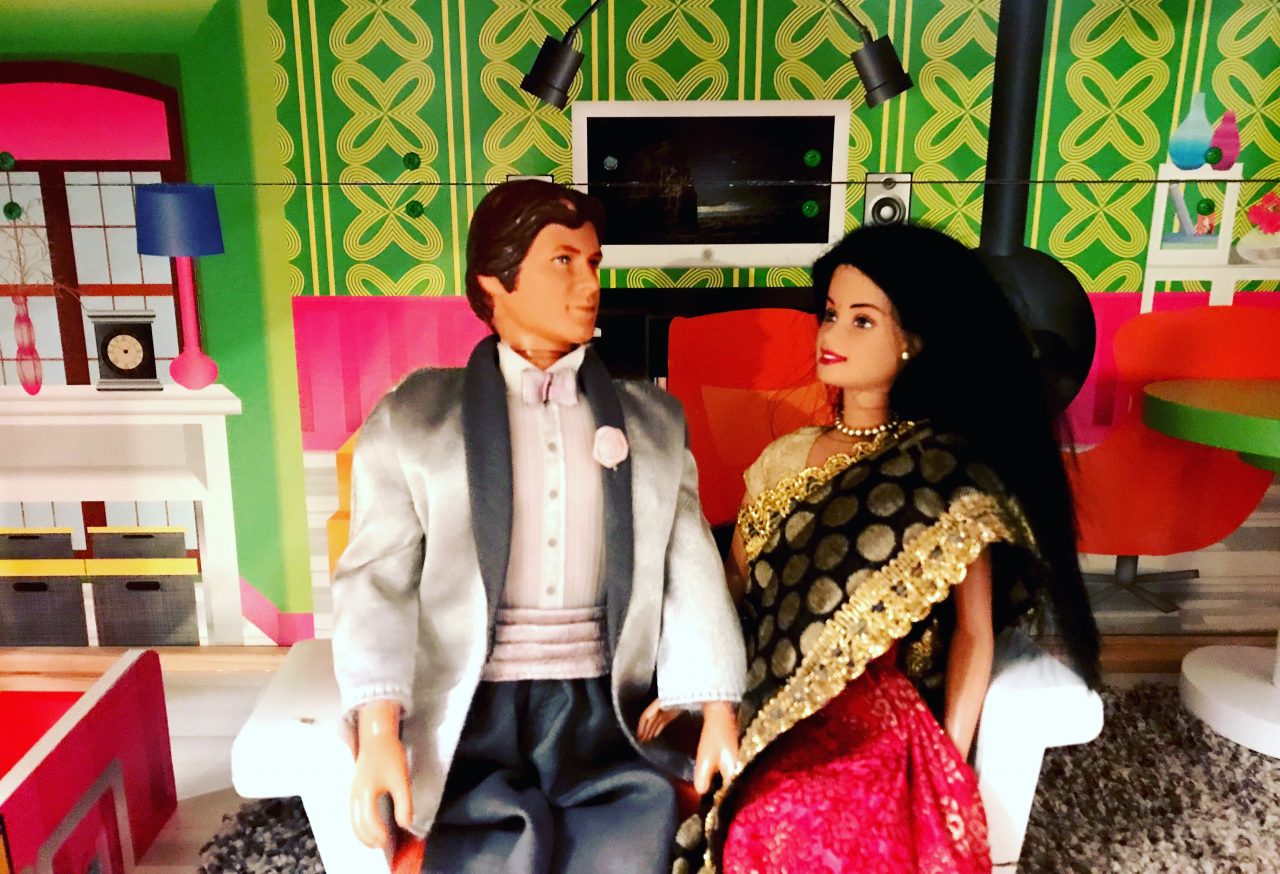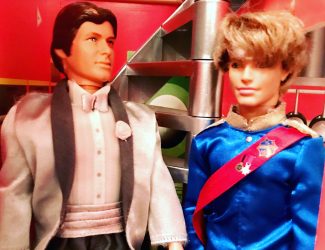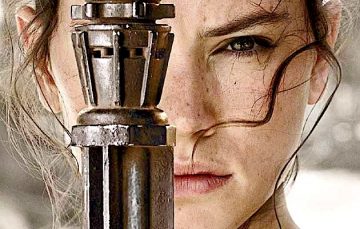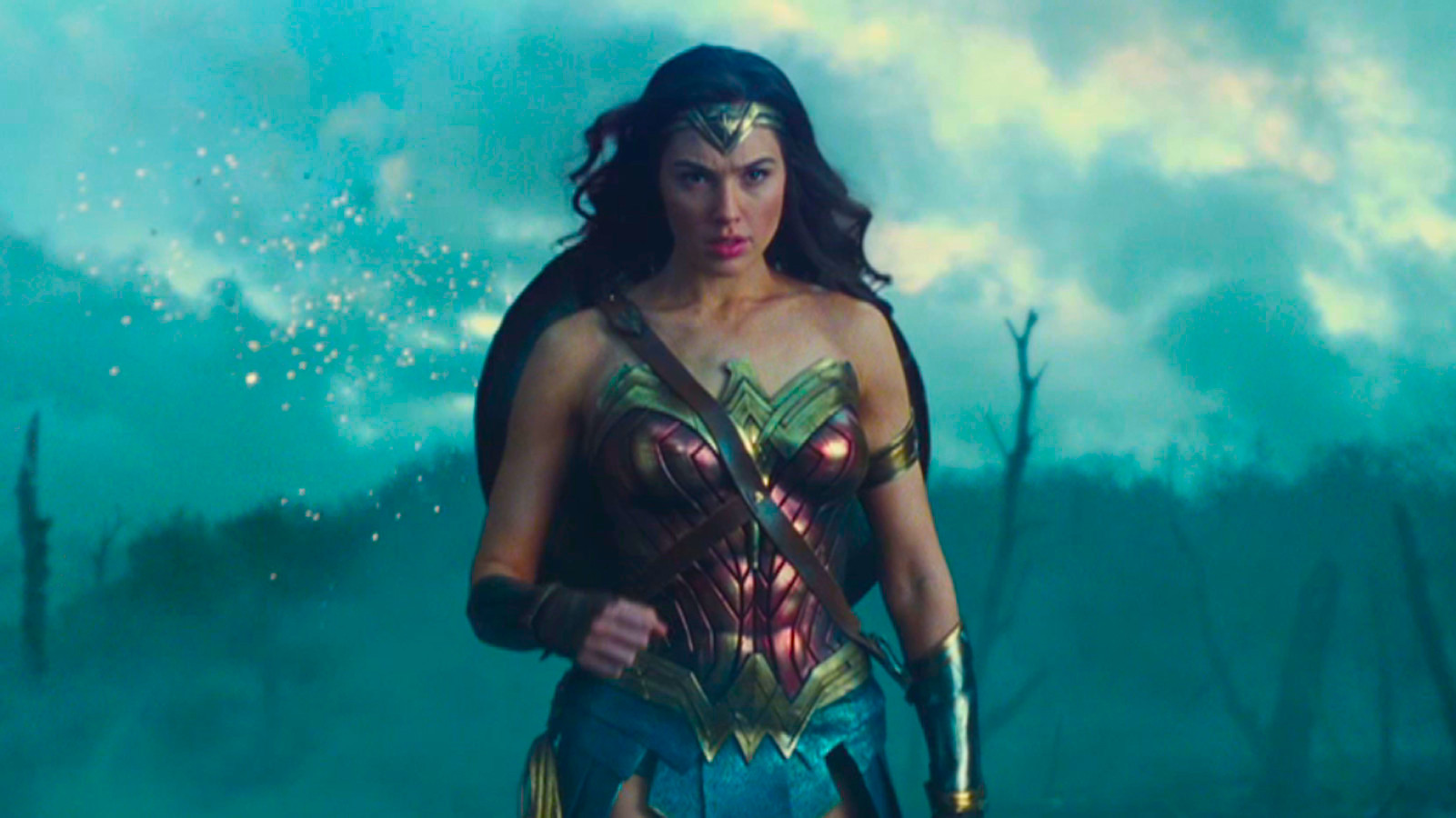Mrs. Potato Head Didn’t Inspire Anything in Me; It Was All About Barb.
Growing up, I loved Barbies. My best friend Jessica and I would play for days on end. I never had a Barbie mansion, car or camper (you can bet I made up for that with my own girls) so we would make rooms out of cardboard boxes glueing old wallpaper to the sides and carpeting them with remnants. We made beds and couches out of tissue boxes and tables out of paper cups. We sewed clothes with scraps leftover from my grandma’s sewing. I think we liked the prep as much as the play. We’d set up their dwellings in our family room where they would litter the floors for days on end because the last thing we wanted to do was disassemble our Barbie village…just to reassemble it the next day.
Thinking about that now, I realize (once again) that my parents were saints. Stepping over clutter like that for 3 days in a row would send me swiftly to the nuthouse. I can still picture my poor, tired dad arriving home after a 12-hour day of work, bone-tired, tripping over decked-out dolls and piercing his socked feet on tiny barbie stilettos.
By the time I had little girls to buy Barbies for, Barbies were deemed as bad role models with their too thin, unachievable figures scarring and limiting little girls everywhere. In fact, a 2014 study of 4-to-7-year-old girls found that playing with Barbie actually “limited girls’ perceptions about what they could be in the future.” Apparently, the girls who played with Mrs. Potato Head were able to identify with a greater number of careers than the ones who played with Barbies. I can tell you, Mrs. Potato Head didn’t inspire anything in me; it was all about Barbie.
For me, playing with Barbies encouraged creativity and dreams. I assigned each one of my Barbies a distinct personality, ambitious career, and path to follow. My friend and I would dream up spectacular lives for them. “My Barbie went to Harvard and she owns and runs all the McDonalds in the world! And…she’s married to Andy Gibb!” To which, my friend would counter, “Fine. Then my Barbie is a rock star who studied music in NYC and has 20 platinum albums, and is more famous than Olivia Newton John AND she’s married to Barry Gibb!”
We never used Ken as our husbands. I didn’t like his frilly mascot and I tend to go for “tall, dark and handsome” (I ended up marrying him; see photo on the right.) Luckily for us, Jessica’s little brother Patrick played with Star Wars action figures. So we used Han Solo and Luke Skywalker as our husbands–way hotter than Ken. And somehow, I survived years of playing with Barbies unscarred (although I think Jessica’s brother, Patrick, might still suffer from a PSTD after discovering Han naked and missing one leg in bed with Barbie.) Those skinny blond (back then it was the only choice) dolls did not prevent me from dreaming big. This Ohio girl went to college in NYC and landed an awesome job in publishing. Perhaps I am an anomaly.

But for all those naysayers out there, it seems that the makers of Barbie got the message and are trying to right their wrongs of the past and inspire girls to dream big–something that the American Girl doll brand has understood since its inception always featuring not just pretty dolls but telling their unique and colorful stories. Splashed across the main page of Barbie’s website is “You can be anything.” And they state that their purpose is to “Inspire the limitless potential of every girl.”
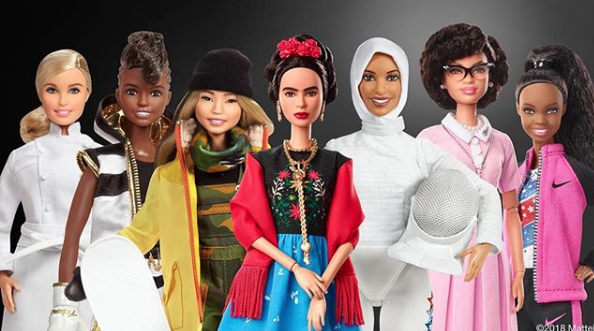 Just in time for International Women’s Day, Barbie has launched two new series of dolls celebrating women’s accomplishments and telling women’s stories. Their new “Shero” program includes: Chloe Kim, who won an Olympic gold medal in snowboarding, Patty Jenkins
Just in time for International Women’s Day, Barbie has launched two new series of dolls celebrating women’s accomplishments and telling women’s stories. Their new “Shero” program includes: Chloe Kim, who won an Olympic gold medal in snowboarding, Patty Jenkins, the director of “Wonder Woman;” Bindi Irwin, the Australian conservationist; and Nicola Adams, British boxing champ. And then there’s the “Inspiring Women” series honoring aviator Amelia Earhart; artist Frida Kahlo; and Katherine Johnson, the NASA mathematician who broke race and gender barriers and was featured in the movie “Hidden Figures
.” All the dolls come with information about the amazing contributions that each woman has made to society.
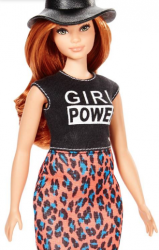
Besides the role models above, the brand is trying to represent more skin tones and hair textures, as well as body types. In 2016, they launched “Curvy Barbie” and “Petite Barbie.”
Nice to know that now, I can play alongside my youngest (with, of course her decked out Barbie mansion
, luxurious camper
and hot pink convertible
) and see some faces and shapes that look a little more like her! Way to go, Barbie!
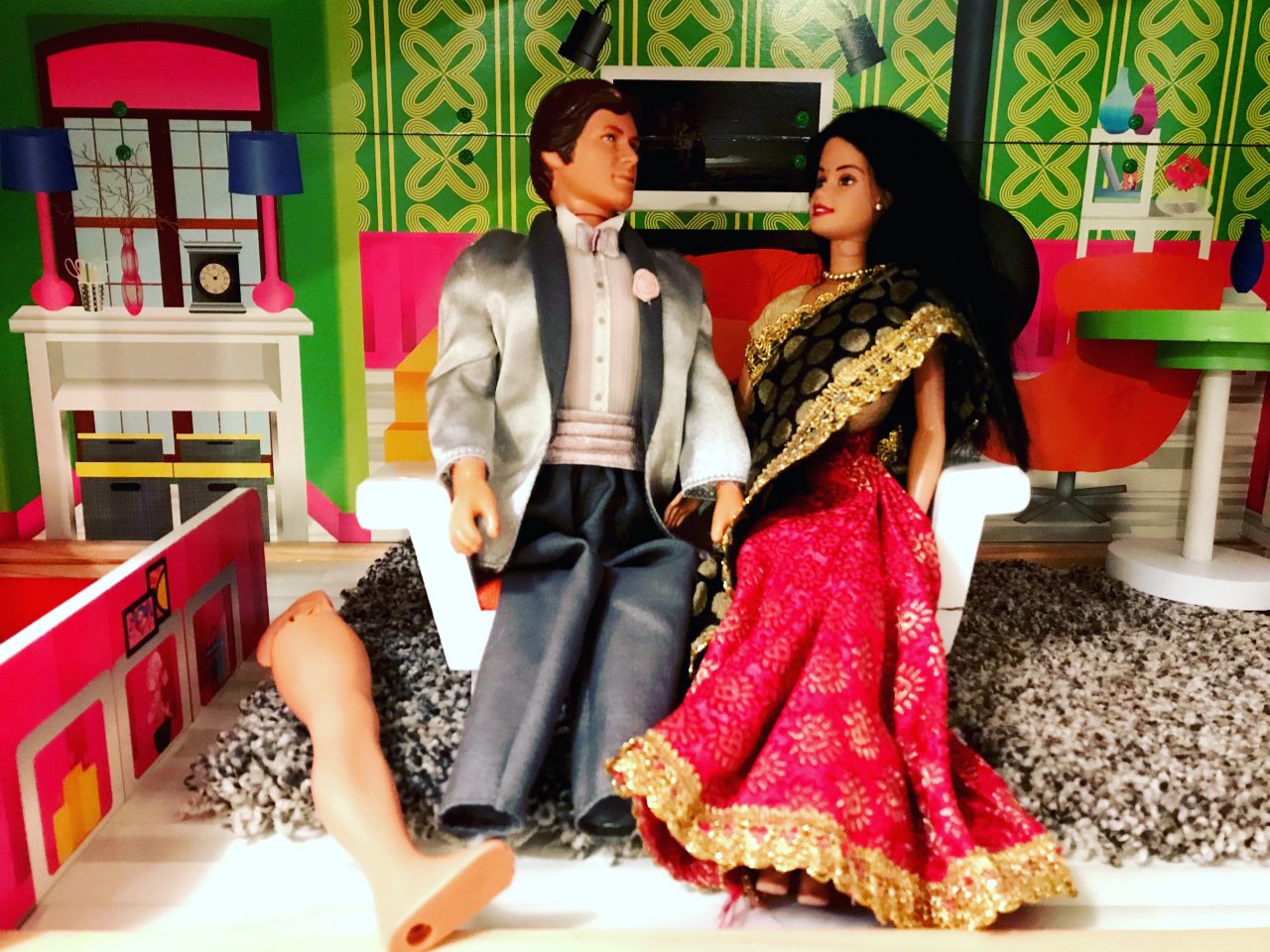
Now that Kens leg feel off–we have after all been playing with him for literally 40 years–its much easier getting him into a tux.
15+ of Our Favorite Movies Featuring Strong, Inspiring Women.
5 Reasons Your Daughters Should See Wonder Woman
I Complained About Being a Dance Mom…
Until My Husband Yelled at Me and Told Me to Suck it up!
Explaining Why You Work to Your Daughters
MOTHER’S GUILT: You will fail, you will make mistakes.


